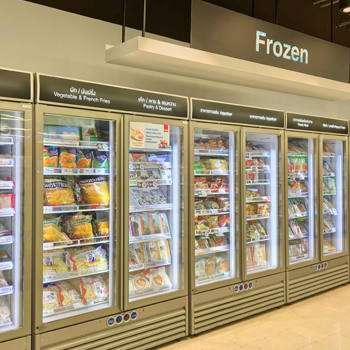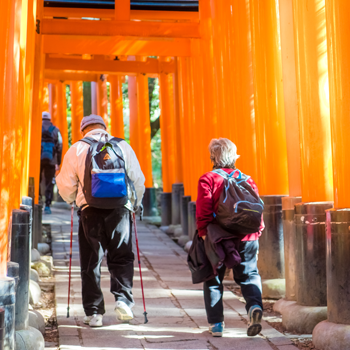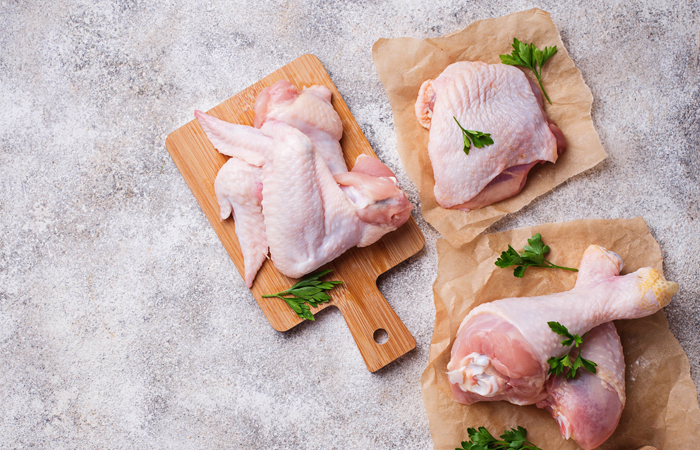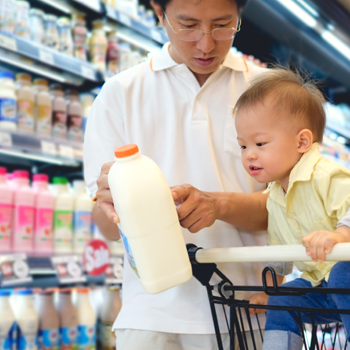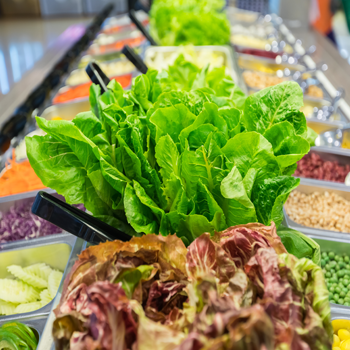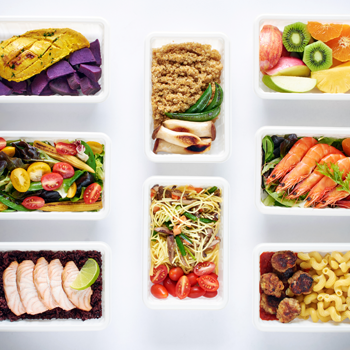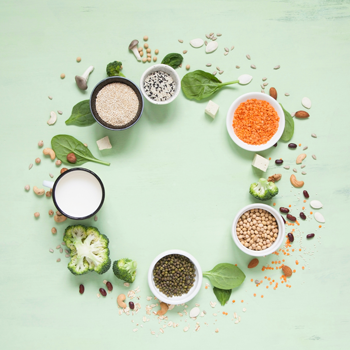ครัวของโลกผลักดันการเติบโตของระบบโลจิสติกส์ห้องเย็นแบบเร่งด่วน
Translated and Compiled By:
กองบรรณาธิการ
นิตยสาร ฟู้ด โฟกัส ไทยแลนด์
Editorial Team
Food Focus Thailand Magazine
editor@foodfocusthailand.com
ธุรกิจกลุ่มอุตสาหกรรมห่วงโซ่ห้องเย็น รวมถึงห้องเย็นและตลาดขนส่งเย็น อยู่ในช่วงของการเติบโตและมีผู้เล่นเพียงไม่กี่รายที่ให้บริการด้านโลจิสติกส์ที่สมบูรณ์สำหรับผลิตภัณฑ์ที่หลากหลาย เช่น เนื้อสัตว์ ผัก ผลิตภัณฑ์นม สัตว์ปีกและเวชภัณฑ์ บริการดังกล่าวรวมถึงห้องเย็น การขนส่งเย็น การจัดการสินค้าคงคลัง การผ่านพิธีการทางศุลกากร และบริการโลจิสติกส์ 3PL (Third Party Logistic) ซึ่งแตกต่างจากผู้เล่นรายเล็กที่มีผลิตภัณฑ์หรือสามารถให้บริการได้ค่อนข้างจำกัด
ดังนั้น ประเทศไทยที่เป็นจุดหมายปลายทางด้านอาหารที่สำคัญของโลก ซึ่งมีการคาดการณ์ว่ารายได้ของประเทศจะเพิ่มขึ้นในอนาคตอันใกล้ ซึ่งเป็นผลมาจากการส่งออกอาหารแปรรูปที่เพิ่มขึ้น โดยจากการที่รัฐบาลไทยมีวิสัยทัศน์ที่จะส่งเสริมให้ประเทศไทยเป็นครัวของโลก นโยบายนี้ได้นำไปสู่การลงทุนสำคัญในการพัฒนาห่วงโซ่อุปทานที่สมบูรณ์สำหรับโลจิสติกส์อาหาร
ตลาดโลจิสติกส์ห้องเย็นของประเทศไทยคาดว่าจะมีมูลค่าสูงถึง 42 พันล้านเหรียญสหรัฐในปี 2565 อุตสาหกรรมอาหารแช่แข็งและอุตสาหกรรมยาก็คาดว่าจะเติบโตซึ่งจะเพิ่มความต้องการห้องเย็นและสิ่งอำนวยความสะดวกในการขนส่งที่เกี่ยวเนื่องเช่นกัน
The cold chain market includes cold storage and cold transport market. The market is in a growth stage and there are quite a few players providing complete logistics services for multiple products such as meat, vegetables, dairy, poultry and pharmaceuticals. The services include Cold Storage, Cold Transport, Inventory Management, Custom Clearance and other 3PL logistics services. Smaller players cater to only limited portfolio of products/services.
Thailand is a major food destination in the world. The country’s income is expected to grow in the near future with the rise in the export of processed food. Thailand government vision in making Thailand Kitchen of the World has led to significant investment in the development of complete supply chain for food logistics.
The Thai cold chain logistics market is expected to reach $42 billion by 2022. The frozen food and pharmaceutical industry are anticipated to grow which will increase the demand for cold storage and transport facilities.
